 Ancient Man
Ancient Man
Ancient Man
Ancient Man


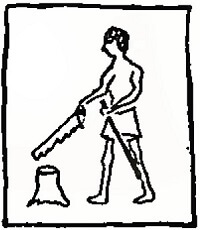

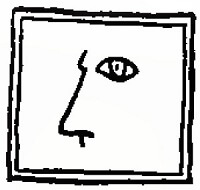

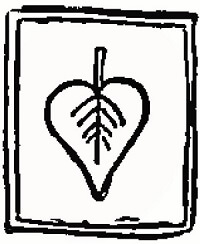
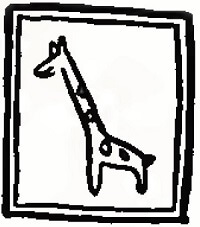

 Ancient Man
Ancient Man
Ancient Man
Ancient Man

Study the lesson for two weeks.
Over the two weeks:
Activity 1: Narrate the Chapter
Activity 2: Translate Hieroglyphics

Use the table to translate the following secret hieroglyphic messages into English:



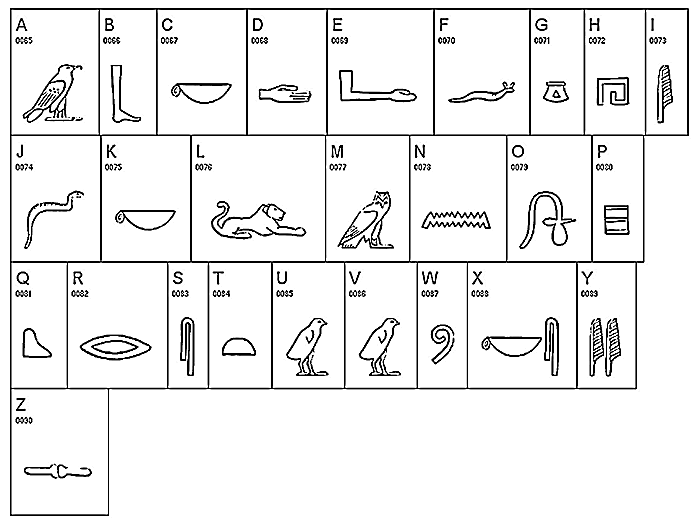
Activity 3: Write Hieroglyphics

Activity 4: Create a Translation Table for the Hieroglyphics from the Story

Use a pencil, pen, or charcoal to create your own translation table for the Hieroglyphics from the chapter.





Activity 5: Complete Coloring Pages, Copywork, and Writing
